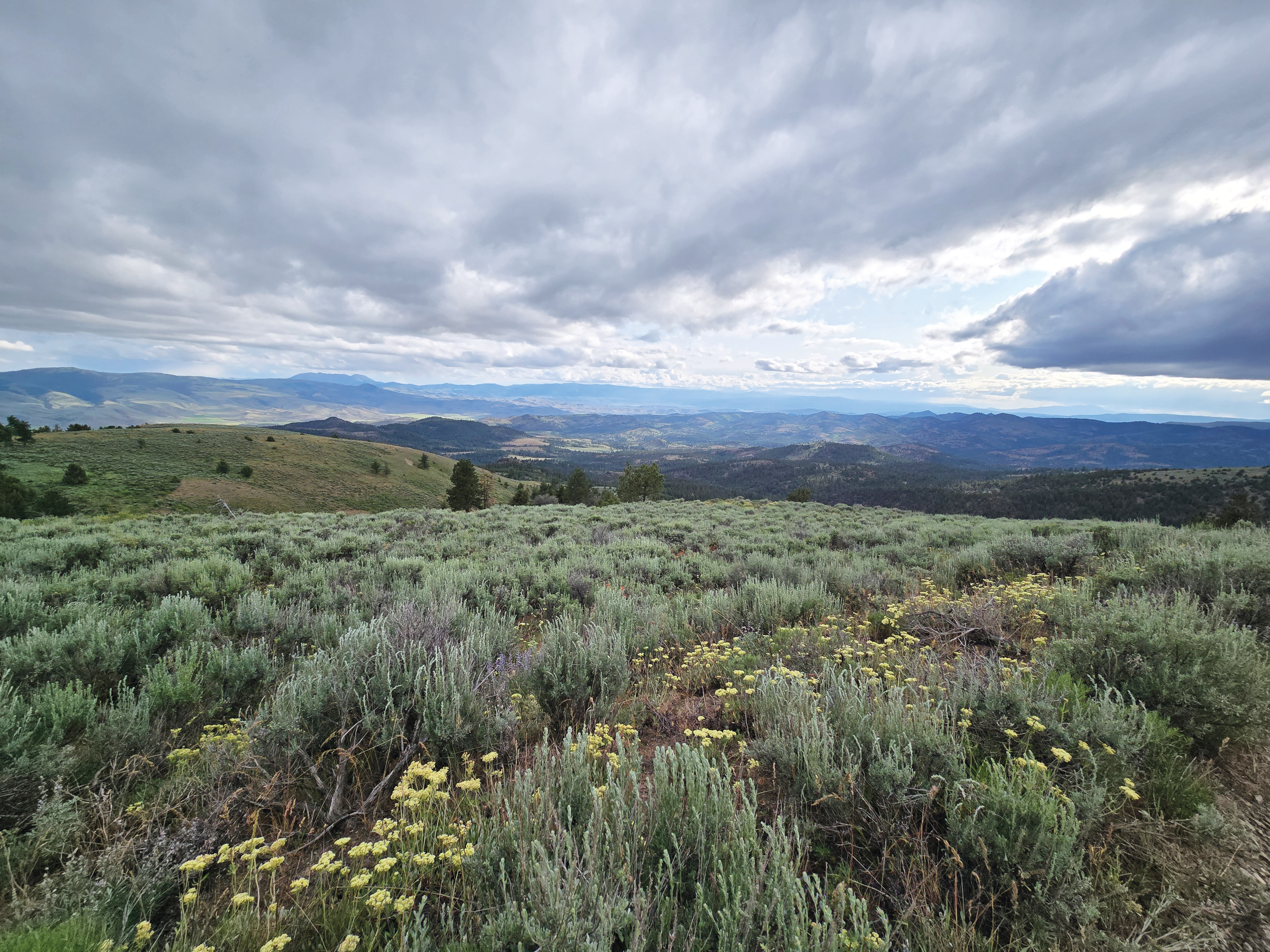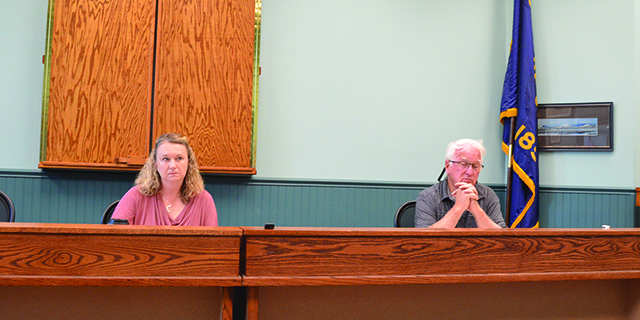Heartbeat: Wayne Marks remembers when boxcars ran the rails
Published 5:00 pm Wednesday, July 2, 2008
Today’s Eagle Cap Excursion Train allows tourists and locals to travel a scenic route along the Wallowa and Grande Ronde rivers to Elgin. But 90-year-old Wayne Marks remembers when box cars full of cattle rumbled down those same tracks … all the way to Portland.
Wayne, who still lives alone in his home on the upper Imnaha, called me the other day. Said he’d come across an old bill of sale from KIDWELL & CASWELL incorporated, Livestock Commission Merchants, Portland Union Stock Yards, dated Nov. 19, 1934.
There were four sheets of paper, all hand-typed, which recorded the sales of livestock owned by four members of the Marr Flat Grazing Association. Jake Marks had received a total of $562.65 for 11 cows and heifers, six cows, one heifer, and one bull. That was before the freight, $103.21 and other expenses, like yardage, insurance, hay, straw, and a commission of $19.60 were deducted. The net proceeds were paid to Pendleton Production Credit Corp.
J. Ross Leslie sold five cows for a total of $92.40 after shipping expenses, and Earl Warnock’s three cows and heifers netted him $75.51. Carl Christenson sold one bull weighing 1,430 pounds for 2.75 cents per pound, which meant he received $31.08.
These cattle had to be driven from Marr Flat…a high, grassy plateau situated east of the “Divide” that separates Big Sheep and Little Sheep Creeks. This was…and still is, cattle country. Some of the finest beef in the northwest have been fattened there.
As a young lad, Wayne remembers trailing that shipment of cattle. “We stayed the first night at the Huffman place on Big Sheep, then down past the Divide School, to the head of Three Buck, the next day we took ’em down Rail Canyon, and the second night we put the cattle in a holding pasture at the edge of the valley… Dawson Neal, Chapmans and Fruedenbergs used to have places there… then we went to town. Back out there early next morning to drive the cattle into Joseph where they were kept overnight in corrals that were located just at the north end of where the rodeo grounds are today.
“Then, the next day they were loaded in box cars and shipped clear to Portland.”
Wayne said the Joseph facilities couldn’t hold those wild range cattle, so after that the cattle were loaded at the railroad stockyards in Enterprise. What is known today as the Thunder Room was, at that time, a livestock auction barn, a venture that lasted only a short while. About this time the Enterprise Livestock Auction Yards were built.
“The country was just coming out of the depression back in 1934,” said Wayne, “and times were really tough, but at least there was a market for the cattle.” Wayne said the Pendleton Production Credit saved many a rancher in those days. “Loaned money to ranchers who were serious about staying in business.” According to the old bill of sale, Swift and Co. purchased many of the cattle.
After World War II, the Livestock Auction Yards were completed in Enterprise, and local cattle could be sold there. Today, that facility, like the box cars that shipped cattle to Portland, have faded into the past. Wallowa County ranchers must transport their livestock to La Grande.
Wayne said he attended the Freezeout School for nine grades, then in 1932 he stayed out of school a year, before boarding out in Enterprise where he graduated from High School in 1937.
The money those early ranchers receive for their livestock, was just enough to get by on. “In those days,” recalls Wayne, “we raised nearly all our food. We never tasted grain-fed beef, we’d butcher a critter that fell over a rim, and broke its leg and couldn’t be sold.”
Today’s ranchers, some descended from Jake Marks and Earl Warnock, as well as others, continue to run cattle on Marr Flat. Even though modern-day cattle fetch more money, the cost of production continues to rise to the point where, if fuel costs don’t come down, history might repeat itself. Let’s hope not.
One thing for sure. Wallowa County has good grass. Good grass makes good beef, and our ranching community, with its accompanying lifestyle, has weathered hard times before.






